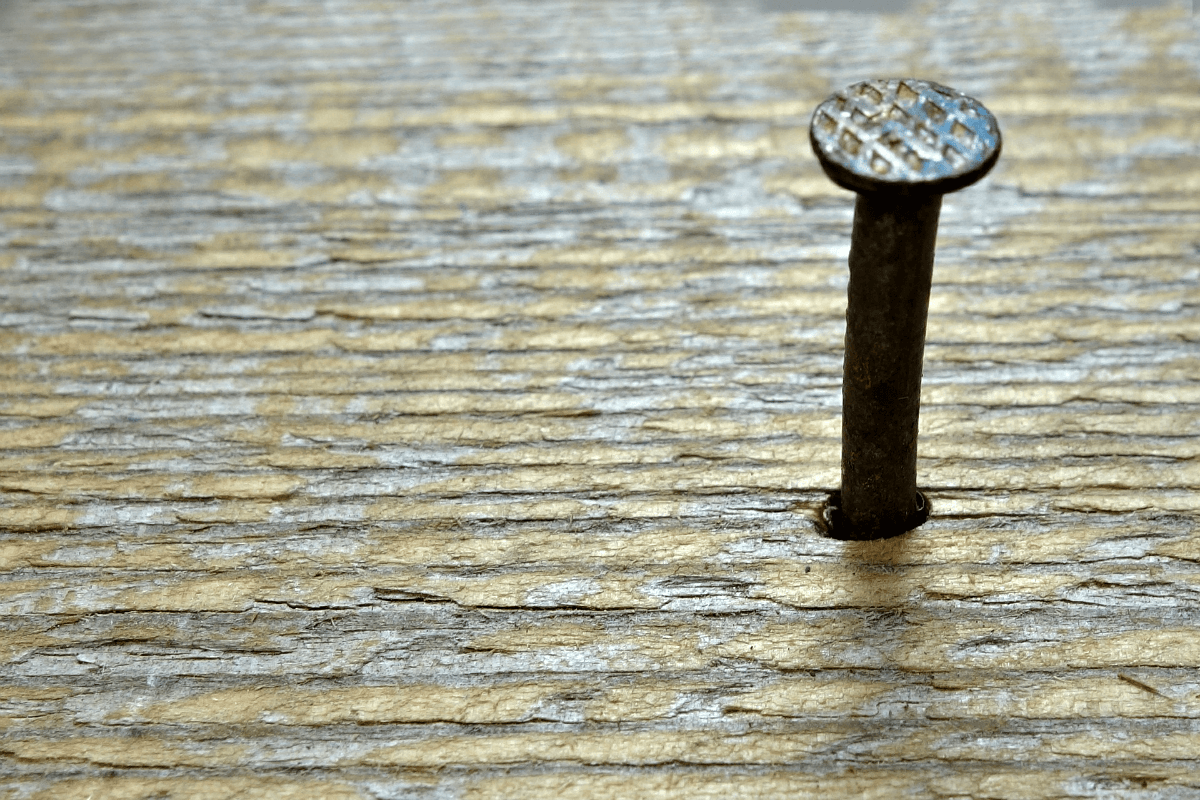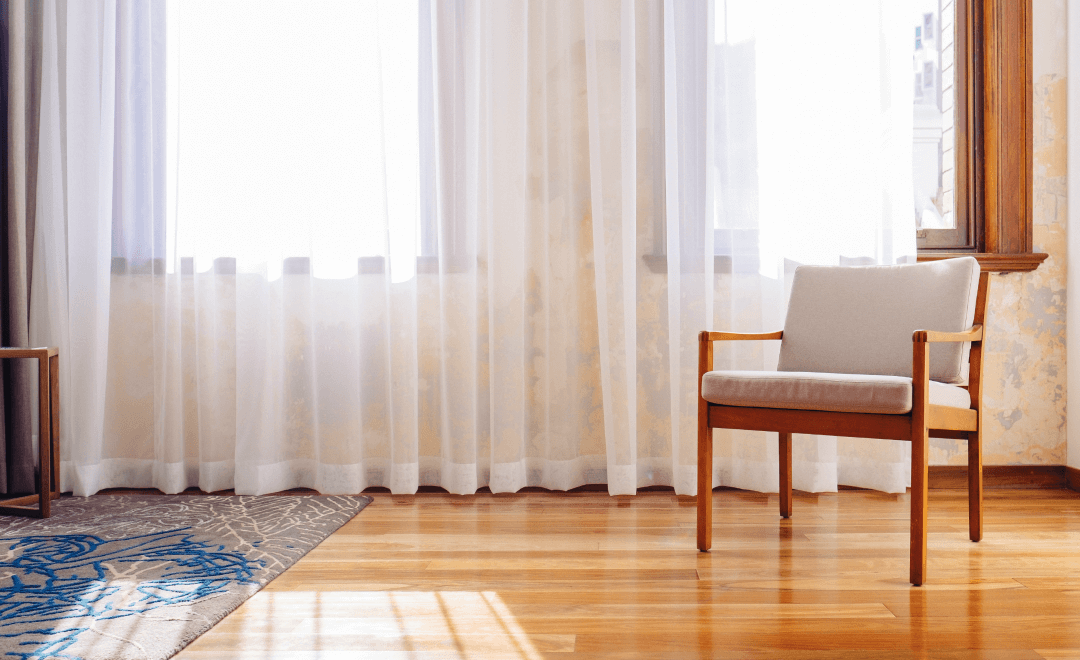Hardwood floors may look beautiful and be long lasting, but that doesn’t mean they can’t have problems.
If you are trying to decide whether a hardwood floor is right for your home, consider these top 6 hardwood floor problems to consider before installing.
Common Hardwood Floor Problems
Problem 1: Not Planning Room Layouts
Rooms are all different in size, shape and layout. They may have unique cutouts, corners, doorways and halls to consider. Therefore, hardwood floor planks may not lay out seamlessly and squarely. Measure the space carefully and account for the uniqueness of each room before installing. Bear in mind that the first three planks laid are the most important; they will determine the entire project outcome.
Problem 2: Not Preparing the Subflooring
A hardwood floor will not look right or function properly if laid over a sub-par subfloor. Take the time to prepare the subfloor. It should be clean, dry, flat and level, and preferably made of concrete or plywood rather than particleboard. The problems that can occur when subflooring is not prepared include: squeaky or bouncing boards, and warping, especially in moisture-prone rooms. To avoid hardwood floor problems, the subfloor should be sealed and include a moisture barrier before installing a hardwood floor.
Problem 3: Not Reviewing the Wood
Before laying wood flooring, inspect the planks for defects in coloration and finish, and look for cracks, missing knots, or incorrectly-cut boards. To obtain a good mix of coloration, open all the packages and intermix the boards from at least 4-5 cartons. Intermix short and long boards together to consider how it will look before installing.
Problem 4: Not Acclimating the Wood
Since wood can swell or contract, depending on the environment, it should be brought into the home up to a week prior to installation. This will give it time to adapt to the environment and match the current humidity levels. To optimally acclimate the wood flooring, interior temperatures should fall between 60 and 80 degrees, with a relative 30-50% humidity level. The wood plank humidity rating should also match that of the subflooring.
Related: Hardwood Flooring Installation Tips
Problem 5: Not Allowing for Expansion
Hardwood floor problems can occur when planks expand and contract in response to temperature and humidity levels. To avoid this, an expansion gap should be left around the perimeter of each room. Remove wood baseboards when installing hardwood flooring; when replaced, they will cover the expansion gap. Number them, with corresponding numbers on the bottom of the wall from which each piece was removed. This will ensure that the baseboard sections are easily replaced after the hardwood floor is completed.
Problem 6: Not Using Enough Nails
Skimping on nails will result in wood flooring that can shift or squeak—an annoying hardwood floor problem. HomeGuides at SFGATE offers tips [https://homeguides.sfgate.com/figure-hardwood-flooring-nails-38795.html] for figuring hardwood flooring nails, but defer to manufacturer’s instructions when installing a hardwood floor. On average, two nails per board should be used, installed approximately every 8-12 inches. Place nails 1-3 inches from the edge of each board.

Trust a Hardwood Flooring Expert:
Illinado Home Solutions
As with any flooring, there are top hardwood floor problems to consider before installing.
If you have questions, turn to a flooring expert, like Illinado Home Solutions, serving homeowners throughout the northern Shenandoah Valley and Northern Virginia for home remodeling, renovation, and repair needs.

